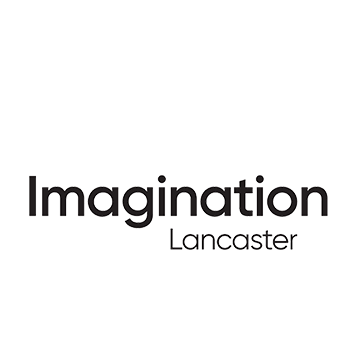Our central task in the Seafood Age project is to develop and test prototype co-design research methods for establishing practical feasibility, receptivity and cultural acceptance of the Seafood Age Ready to cook (RTC) fish product and circular economy (CE) methods across RTC value chains in Atlantic Area regions. Through the methods we develop, we want to find out:
- What stakeholders see as the opportunities and risks associated with new processes and CE methods, product innovation and development for an older market, fish RTC manufacture and distribution, health, safety and nutrition,
- What would they design in and out of them and why?
- How do they see new CE methods, processes and so on applied to existing practices and what would be the barriers to application and what would support adoption?
Taking time from stakeholders as busy as those relevant to this work would be challenging at the best of times. Lockdown and social distancing during the Covid-19 pandemic further complicates matters. In response, we started with drawing on some of the recent learning on facilitating remote, digital methods documented by fellow co-design researchers in ImaginationLancaster and further afield. Next, we have developed a mapping method using the online platform, Miro. Our intent is to afford ourselves as many strengths of a workshop as possible whilst enabling remote, one-to-one engagement with stakeholders to link, compare and contrast perspectives, and co-construct a picture of feasibility across the value chain. We are developing this method with a view to being translated for use across Atlantic Area regions and their respective markets.
Check out the REPORT_20210208_Developing use of Miro for mapping feasibility with stakeholders_v1 for more on our rationale for developing this mapping method, progress being made with it, emerging insights into feasibility of the Seafood Age RTC product in industry, and our next steps.
